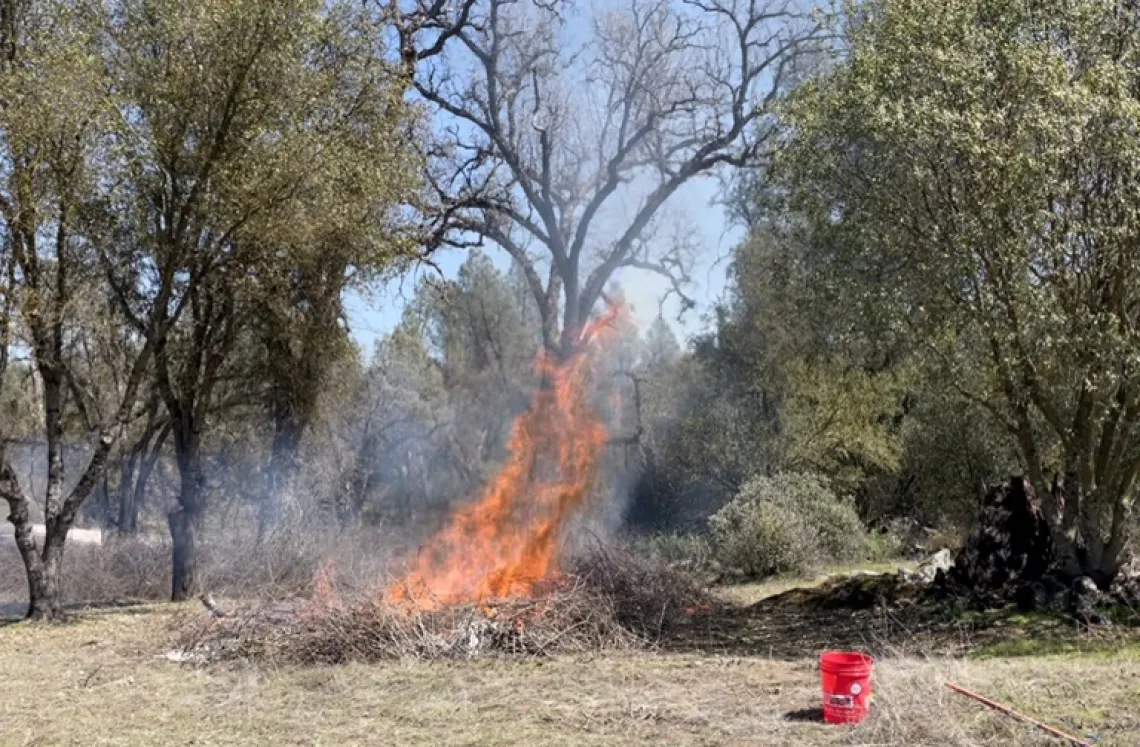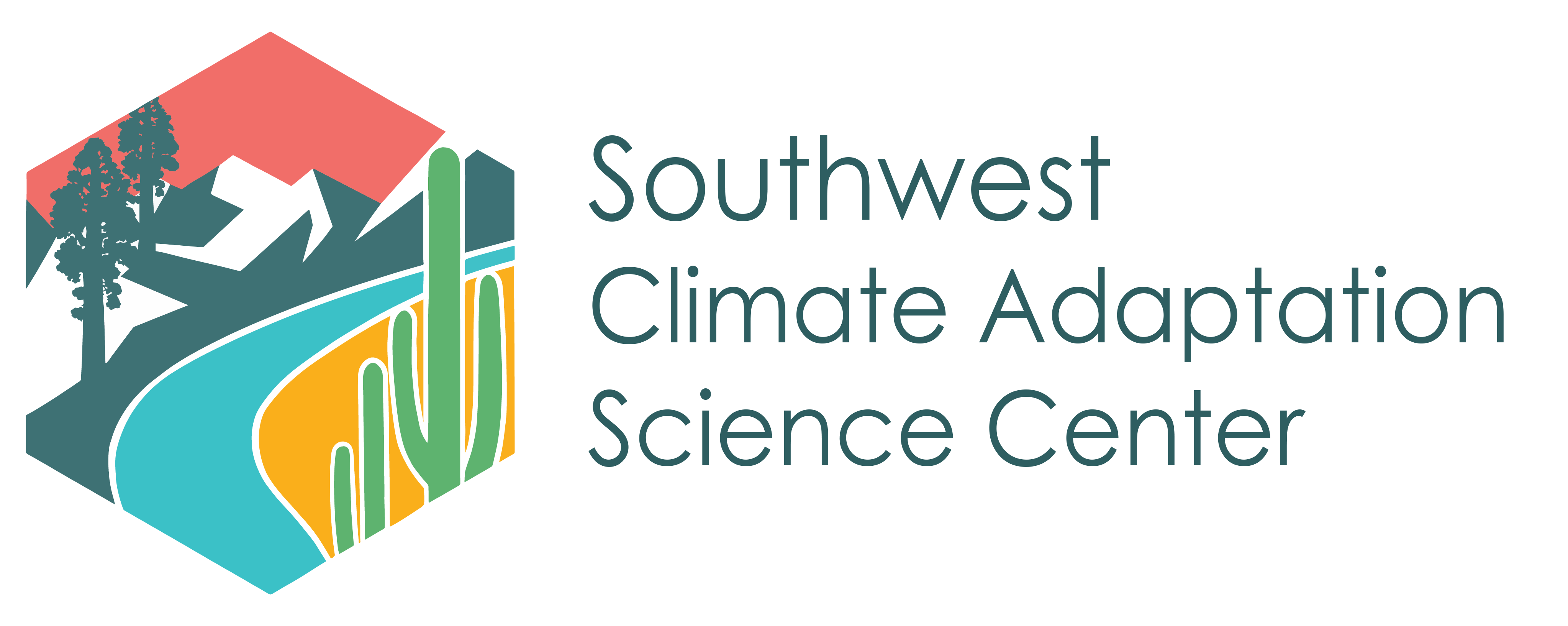Collaborative Pathways: Indigenous Wisdom Leading Climate Adaptation Efforts in California

California Department of Water Resources
A study by SW CASC-funded researchers from the University of California – Davis, the University of Arizona, and the Livelihoods Knowledge Exchanges Network published a new article titled “Climate Justice and Climate Adaptation in California: Indigenous Community Climate Adaptation Leadership and Opportunities for Scientific Collaboration” in Weather, Climate, and Society. This publication presents three case studies of Indigenous communities that use a climate justice approach to climate change adaptation.
The first example comes from the Sogorea Te’ Land Trust in urban California. This community uses the community care model to address the impacts of urban disinvestment and the emergency needs of community members. The second example focuses on how Indigenous communities are using traditional knowledge of cultural burning to address food security and sovereignty needs under climate change. The third example looks at how Indigenous concepts of social connectedness can strengthen community ties and relationships to help these communities organize around climate justice issues. The authors highlight the ways in which a community-based and climate-justice approach can assist with climate adaptation, as well as the legacy of injustice, both environmental and social.
The authors provide some thoughts that emerged from their collective engaged research collaboration experiences: 1) Useful, used, and actionable science is generated when scientists collaborate with communities involved in adaptation decisions; 2) Funders can play an important role in facilitating engagement by providing opportunities outside the norms of funding physical sciences, and 3) rethinking the narratives about vulnerability and resilience to match the communities they are working with can improve approaches to climate adaptation. This publication adds to a growing amount of literature on indigenous resilience across nations and communities.
Read Here: https://bit.ly/4aicoCG

